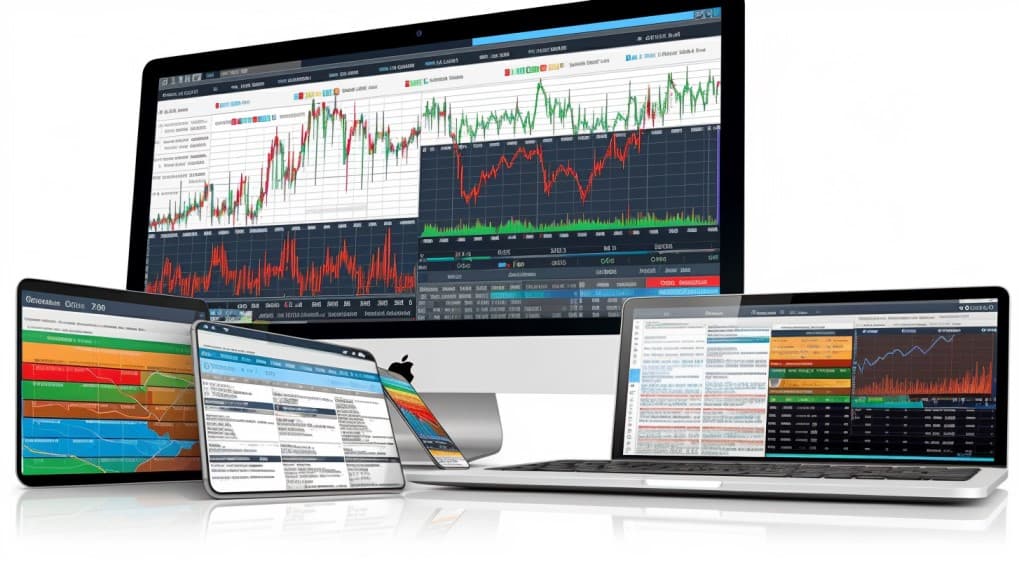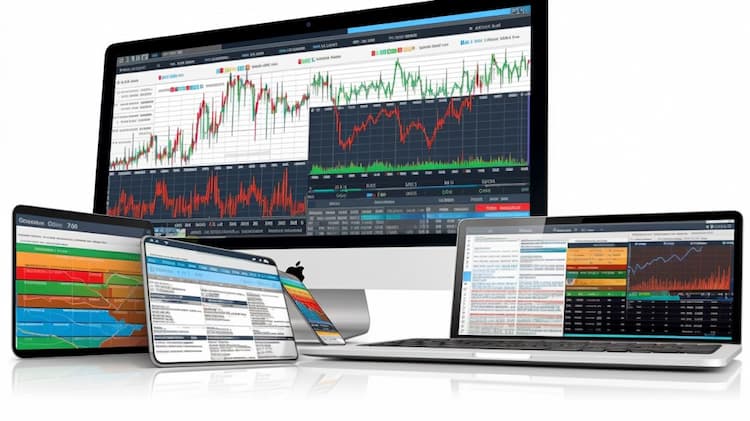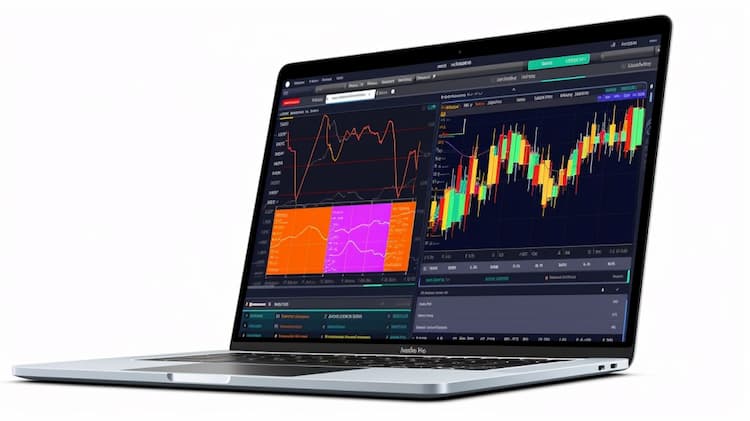
What are the best precious metals ETFs to invest in the United States?
Precious metals ETFs offer investors exposure to commodities like gold, silver, platinum, and palladium. These ETFs are considered a hedge against economic uncertainties and inflation, making them attractive to investors seeking to diversify their portfolios with tangible assets.
One real ETF that stands out in this category is the "SPDR Gold Shares (GLD)" offered by State Street Global Advisors. GLD is the largest and most well-known gold ETF globally, aiming to track the performance of the price of gold bullion. As the demand for gold tends to rise during uncertain economic times, GLD can act as a potential safe-haven investment.
Comparing GLD with other real precious metals ETFs, we find that it provides a direct exposure to gold prices, without the risks associated with owning physical gold. Additionally, GLD has a high liquidity level, making it easy for investors to buy and sell shares as needed.
Best precious metals ETFs US: Diversification with Silver ETFs
While gold is often the go-to precious metal for investors, silver can also play a crucial role in a diversified portfolio. The "iShares Silver Trust (SLV)" managed by BlackRock offers exposure to the price performance of silver bullion.
SLV is one of the largest silver ETFs available, and it allows investors to gain exposure to the silver market without the need to purchase physical silver. It should be noted that silver tends to have a higher level of price volatility compared to gold, making SLV more suitable for investors comfortable with a higher risk-reward profile.
Comparing SLV with GLD, we find that both ETFs have different risk exposures due to the nature of the metals they track. While gold is often seen as a safe-haven asset, silver's performance is influenced by industrial demand in addition to its safe-haven status.
 SLV overlap What are the best precious metals ETFs to invest in the United States?
SLV overlap What are the best precious metals ETFs to invest in the United States?
Best precious metals ETFs US : Exploring Platinum and Palladium ETFs
Apart from gold and silver, platinum and palladium are also precious metals that have significant industrial applications. The "Aberdeen Standard Physical Platinum Shares ETF (PPLT)" and the "Aberdeen Standard Physical Palladium Shares ETF (PALL)" are two real ETFs that provide exposure to these metals.
PPLT aims to reflect the performance of the price of physical platinum, while PALL seeks to track the performance of the price of physical palladium. These ETFs can be appealing to investors who believe in the potential for increased demand in the automotive and technology sectors, as both platinum and palladium are essential components in various industrial applications.
Comparing PPLT and PALL with other precious metals ETFs, we find that they offer investors unique opportunities to participate in the growth potential of these industrial metals. However, it's essential for investors to consider the specific drivers of supply and demand for platinum and palladium before making an investment decision.
Best precious metals ETFs US: Expense Ratios and Fees
Expense ratios can significantly impact an investor's overall returns, especially for long-term investments. It's crucial to compare the expense ratios of different precious metals ETFs to make an informed decision.
The "iShares Gold Trust (IAU)" is another real ETF that tracks the price of gold bullion. IAU is known for its low expense ratio, making it an attractive option for cost-conscious investors seeking exposure to gold.
Comparing IAU with GLD, we find that both ETFs provide exposure to gold but have different expense ratios. IAU's lower expense ratio could potentially appeal to investors looking to minimize costs while still gaining exposure to the gold market.
Conclusion
In conclusion, precious metals ETFs offer investors an opportunity to diversify their portfolios and potentially hedge against economic uncertainties. Real ETFs like GLD, SLV, PPLT, PALL, and IAU provide exposure to gold, silver, platinum, and palladium, each with its unique risk and return characteristics. Investors should carefully consider their investment objectives, risk tolerance, and the potential benefits of holding precious metals before making investment decisions.
Disclaimer: This article is for informational purposes only and does not provide any investment advisory services.
Sources:
https://ph.investing.com/ IAU ETF issuer
https://ph.investing.com/etfs/ishares-comex-gold-trust IAU ETF official page
FAQ
What are precious metals ETFs?
Precious metals ETFs are exchange-traded funds that invest in a variety of precious metals, such as gold, silver, platinum, and palladium. These ETFs provide investors with exposure to the price movements of these metals without physically owning them.
What are the advantages of investing in precious metals ETFs?
Investing in precious metals ETFs can offer diversification, as these assets tend to have low correlation with traditional stocks and bonds. They can serve as a hedge against inflation and currency fluctuations, and they provide liquidity and convenience compared to purchasing physical metals.
What are some popular precious metals ETFs in the United States?
Some popular precious metals ETFs in the United States include:
What factors should I consider when choosing a precious metals ETF?
When choosing a precious metals ETF, you may consider factors such as the expense ratio, liquidity, tracking error, fund size, and the underlying methodology (physical metal-backed vs. futures-based). It's important to assess your investment goals, risk tolerance, and the specific metals exposure offered by the ETF.
Are there any leveraged or inverse precious metals ETFs available?
Yes, there are leveraged and inverse ETFs available for precious metals. These ETFs use derivatives and aim to provide amplified returns (leveraged) or inverse returns (inverse) to the underlying metals. However, they involve higher risk and are typically more suitable for experienced and short-term traders.





